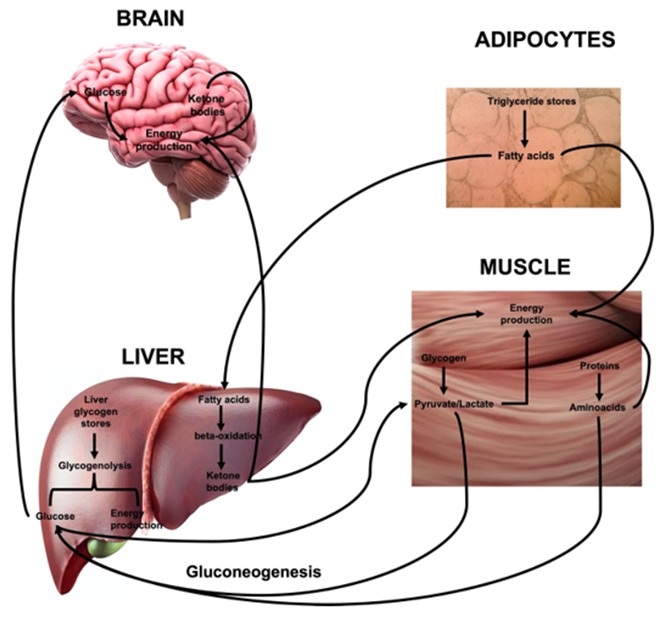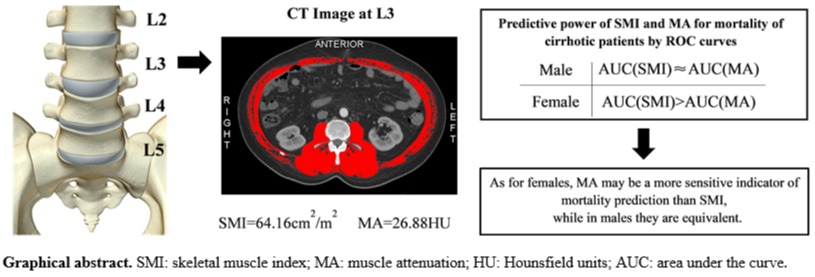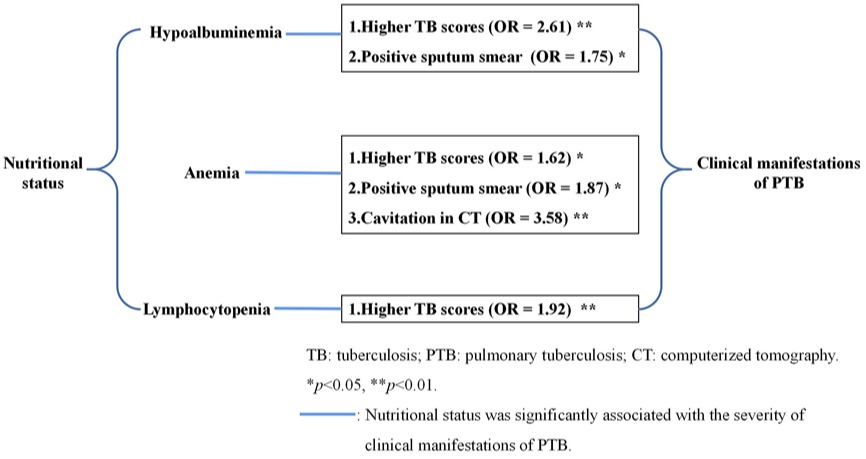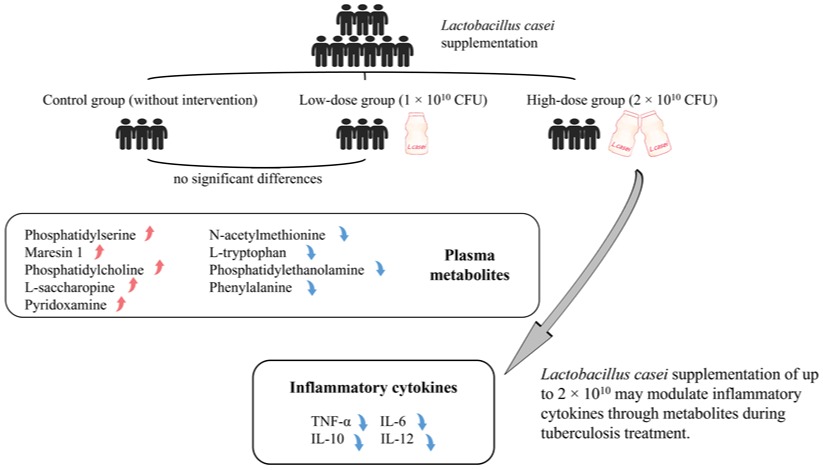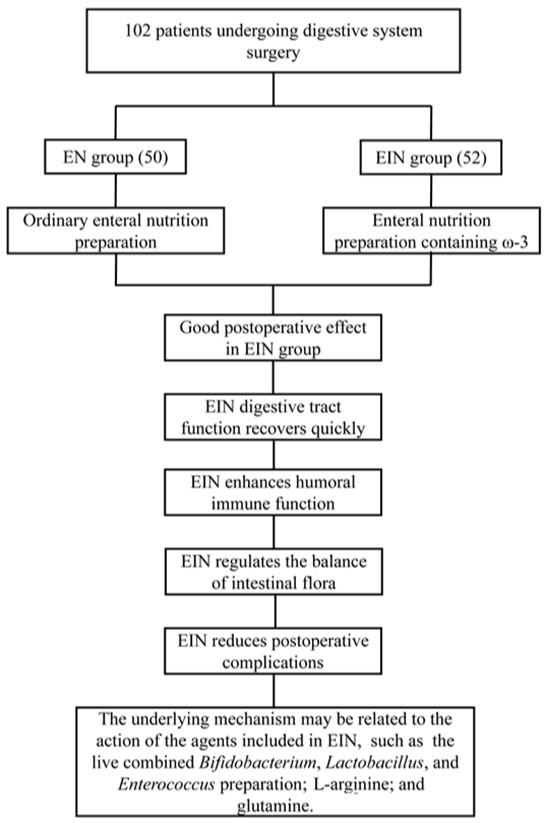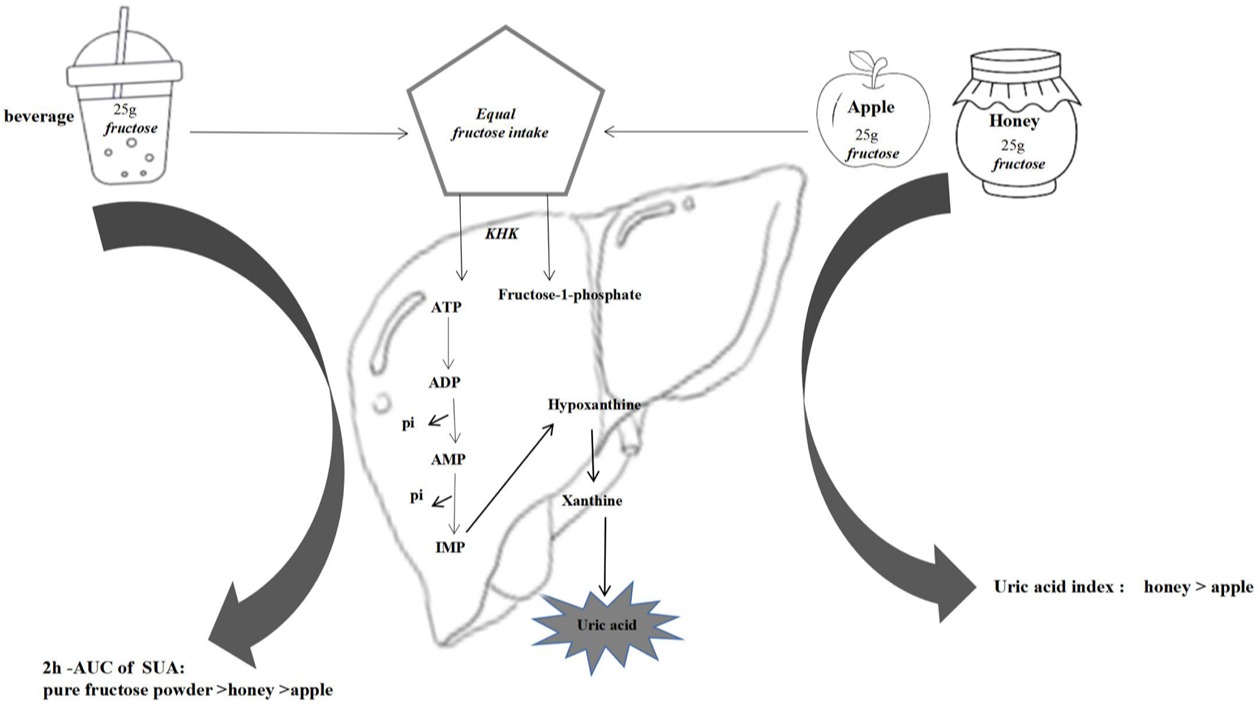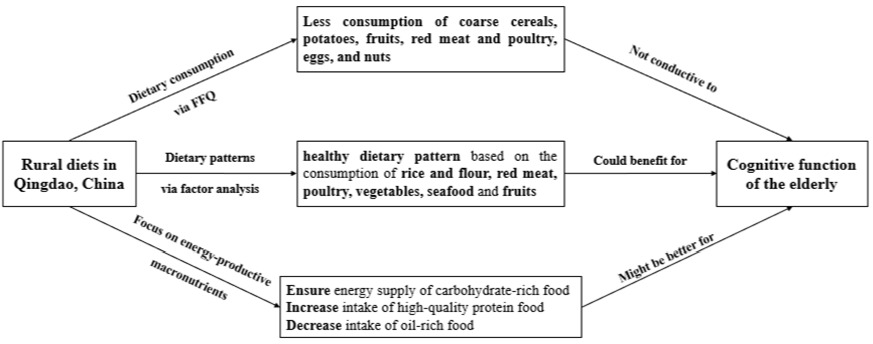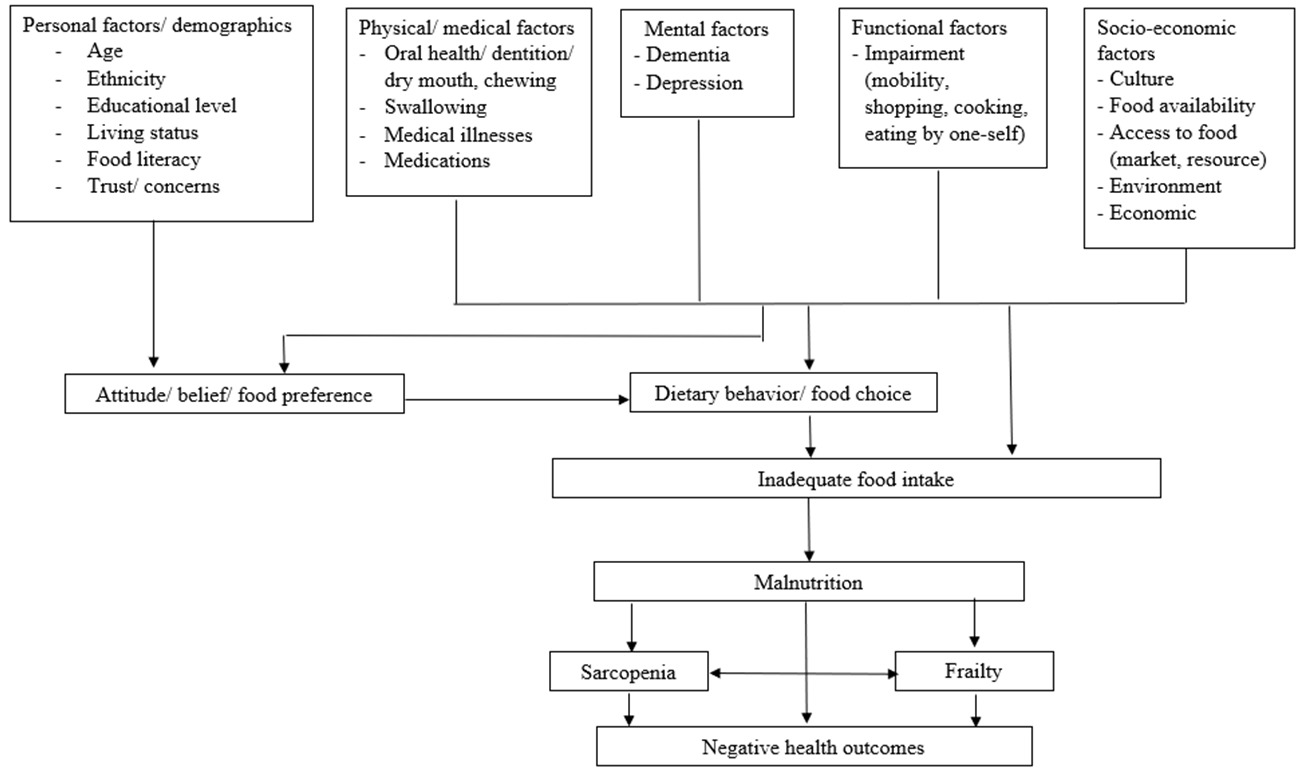Genetic susceptibility to cow’s milk allergy in Chinese children
▪ Author : Lin Hou, Zijun Ma, Shuang Chao, Zhongyuan Li, Yu Zhang,Lin Hou, Zijun Ma, Shuang Chao, Zhongyuan Li, Yu Zhang,Lin Hou, Zijun Ma, Shuang Chao, Zhongyuan Li, Yu Zhang,Lin Hou, Zijun Ma, Shuang Chao, Zhongyuan Li, Yu Zhang
▪ Keyword : cow’s milk allergy, single- nucleotide polymorphism, genetic susceptibility
▪ Content : Background and Objectives: Cow’s milk allergy (CMA) is the most common food allergy in young children. Previous studies have reported that single-nucleotide polymorphisms (SNPs) are associated with CMA. The extent to which SNPs contribute to the occurrence of CMA is unknown. The purpose of this study was to in-vestigate the independent relevance of genetic predisposition to CMA in Chinese children. Methods and Study Design: 200 infants with CMA and 799 healthy controls aged 0–12 months were included. Five previ-ously identified genetic variants (rs17616434, rs2069772, rs1800896, rs855791 and rs20541) were geno-typed.
